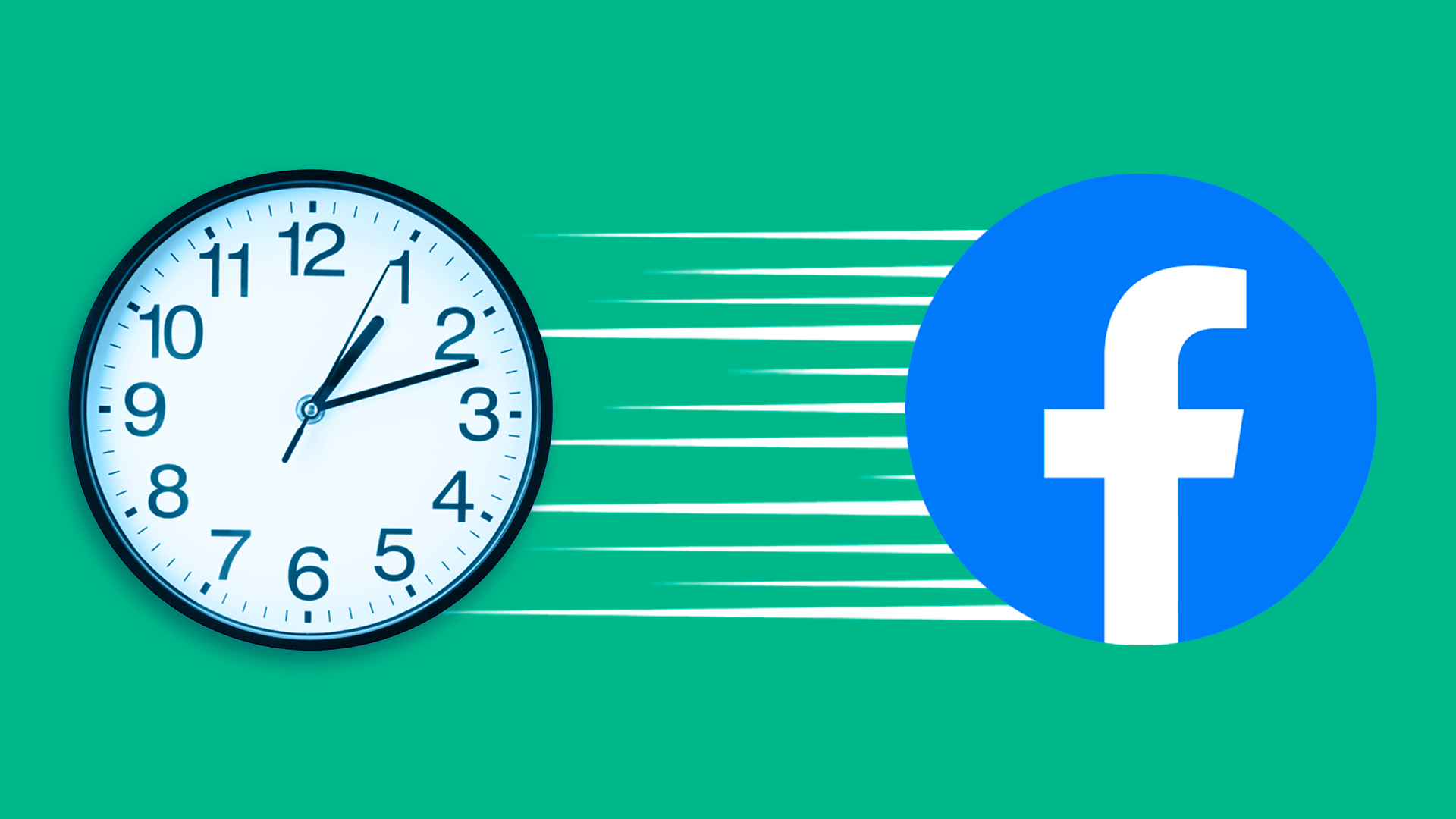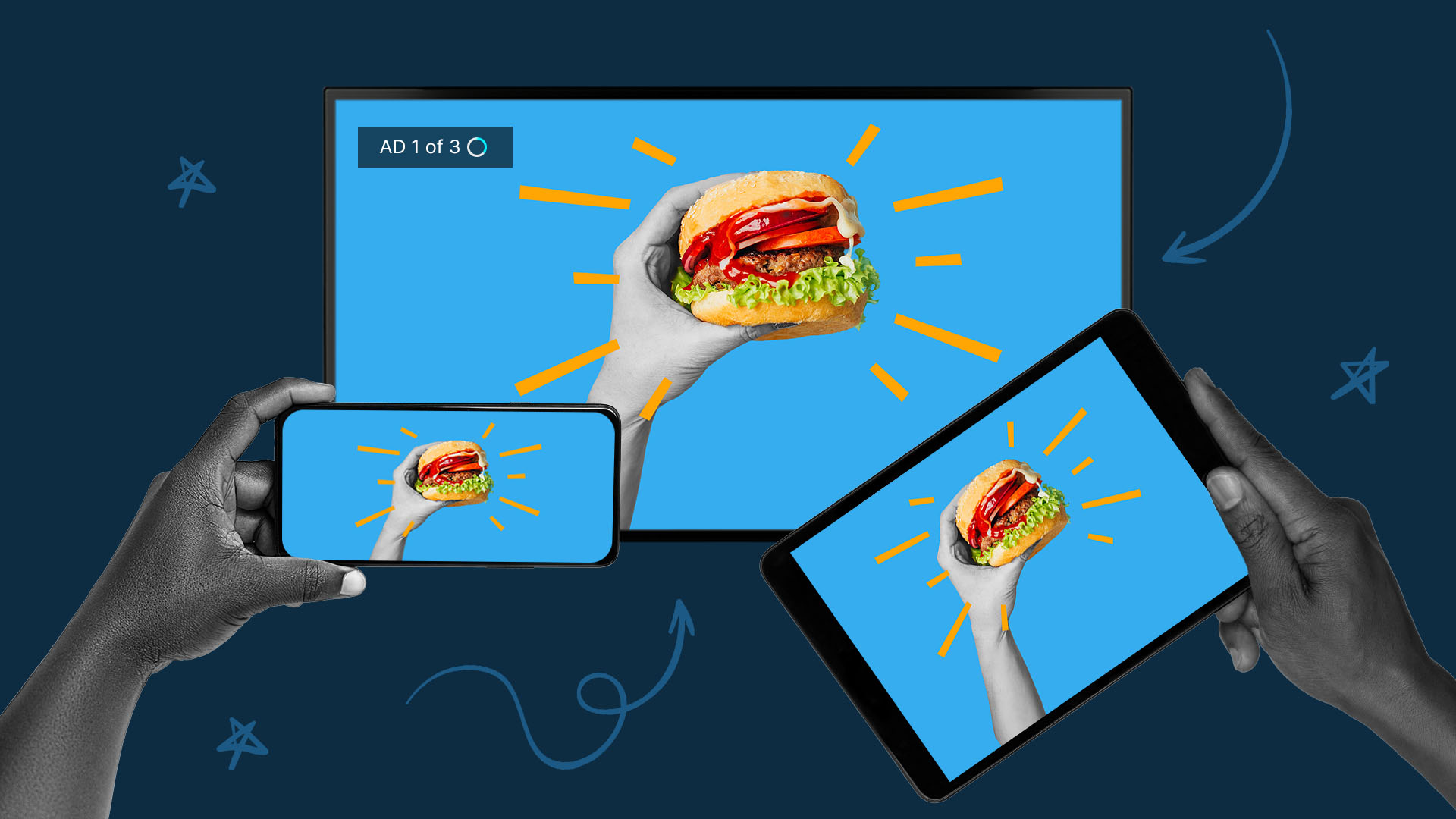When Is the Best Time to Post on Facebook in 2024?

In the wide world of social media platforms, there are many ways to harness the almighty algorithm and grow your brand’s presence. Previous user interactions, overall time spent on the platform, timing of your posts — they all can work, depending on the platform. So when is the best time to post on Facebook?
While Facebook — which shares parent company Meta with Instagram — is focused on serving quality advertising, it’s not just the content they take into consideration. Let’s explore why posting time matters and what the best times to post on Facebook are in 2024.
Does Posting Time Matter on Facebook?
It might seem like we’re all glued to our phones 24/7, but once in a while, we do (as a society) take breaks. And if you’re posting when your audience is on one — or just playing Candy Crush in another window — your content might not get the attention you want.
The average Facebook user spends around 30 minutes per day on the platform. That’s a considerable amount of time to make impressions, but how do you ensure your post goes up during that window and doesn’t get swamped by other posts? Just as you need to master the Facebook ad specs, you need to understand Facebook post times and the Facebook algorithm.
Think about the composition of your own Feed. It’s probably a mix of life updates from friends, oddly specific memes from your distant cousin, suggested posts, and advertising. And this combination of post types is intentional. Facebook marketing is powerful, and the right best practices can help you maximize that power and get your posts in front of the right people. By being thoughtful about your Facebook ads and how you post more generally, you can increase your reach and engagement.
Understanding the Facebook Algorithm
The Facebook algorithm — which is actually a few algorithms working in concert, technically, but for our purposes, let’s call it “the algorithm” — collects data from every user. (Oops, that sounded intense. And it is, but let me explain.) They use this data to find more posts you’re more likely to interact with or share with your friends. Once the algorithm has this data, it uses it to curate the Feed you see on your end.
To make this happen, the algorithm uses signals, including:
- The time spent watching a video or Facebook Reel
- If they like, comment on, or skip content
- The accounts they actively follow and engage with
As a user provides Facebook with more data, the algorithm refines its outputs over time. Social media algorithms also prioritize fresh posts that get immediate traction, so it’s important to time your posts as best you can to make that immediate impact.
Best Times To Post on Facebook
It really does matter what time you post on Facebook, so you’ll want to start by taking a look at when your target audience is online. You’ll want to start by understanding your audience’s demographics and habits.
Keep in mind that this isn’t a perfect science. Facebook, of course, keeps the granular details you’d need to game the algorithm exactly under wraps. Besides, what works for some businesses might not work for others. The following, however, is a good primer to help you get started:
Monday
If you’re posting on Mondays, SocialPilot’s study found 6 a.m. to 4 p.m. is the best window. To reach our own audience on Facebook, the best time for QuickFrame to post on Mondays is from 10:45 to 11:15 a.m.
Tuesday
On Tuesdays, SocialPilot’s window narrowed by an hour. The study found the best time to post is between 7 a.m. to 4 p.m. For the QuickFrame Facebook profile, our best time to post is between 11 and 11:15 a.m. right now.
Wednesday
Similar to the above research, this Influencer Marketing Hub study suggests that the best times to post on Wednesdays are throughout the day. They found that 9:00 a.m., 10:00 a.m., 1:00 p.m., and 4:00 p.m. were the most effective times. For our Facebook, the best times to post are currently between 10:45 and 11:30 a.m.
Thursday
According to Influencer Marketing Hub, the best time to post on Thursday is 9:00 a.m., 11:00 a.m., 4:00 p.m. For the QuickFrame Facebook page, the best time to post is between 10:30 and 11:30 a.m. (I’m starting to see a pattern.)
Friday
On Friday, the best time to post on Facebook trends a bit later. For our own page, the best time to post is between 5:30 and 7:30 p.m.
Saturday
The weekend generally offers lighter engagement than weekdays. But if you’re still ready to post on the weekends, try for Saturday morning around 9 or 10 a.m. This is often before folks have started their weekend activities and are still sipping coffee and scrolling through social media — or they’re already at their kids’ early morning sporting events and ready to catch up on their Feeds from the benches.
Sunday
Again, the weekends are a bit lighter on engagement, but Sunday morning between 9 a.m. and 11 a.m. remains your best bet. We don’t typically post on Facebook on weekends, but the best time to post on Sunday would be before 11 a.m., in line with the research.
Considerations for Timing Your Facebook Posts
Timing your posts is often more complicated than you’d initially think. Let’s explore a few of the reasons why:
Time Zones
With global connectivity, time zones make posting at certain times a bit of a challenge. Again, this is why you need to understand who and where your audience is. If you know your key demographic is primarily based on the west coast of the US, you can adjust your strategy accordingly.
Geographic Location
Similar to the time zone issue, the geographic location of your customers can help you determine the best time to post on social media. (If they’re more likely to be snowed in, for example, they might be more likely to be on their phones at different times than customers who live in a warmer climate.)
User Behavior
User behavior is a great way to help you understand when to share content on social media. Often, each platform’s analytics can give you insight into when your followers are spending the most time online. For example, if your audience is most active at 10 p.m., you’ll want to consider that for your posts. The more you learn about your audience, the more you can refine your posting times.
Engagement Trends
Data analytics can also help you keep track of your engagement trends. As you continue building your social media presence, you can find out what time your audience is most likely to comment on your posts.
Types of Content
The time of the day may also dictate the best type of content to post. For example, the mornings before work may be a better time to post video marketing content as your users begin their day. Lunchtime may be a good time to post a quiz, poll, or some other interactive content. Focusing on what the end user wants is always an effective way to design your content so you can communicate as effectively as possible.
How To Measure Success
It’s important to define your goals clearly so you can determine if your campaign is moving in the right direction for your business. Some goals you can use to measure success include:
- How many new leads you’ve obtained (and the quality of the leads)
- Brand awareness through surveys and similar initiatives
- Sales related to your Facebook campaigns
No matter your goals, ensure you set them ahead of time and track them throughout the entire campaign.
It’s Not a Perfect Science
All the research above regarding posting times and best practices should be taken with a grain of salt. Every industry and business is different, and user trends are dynamic — they change all the time. While the data provides general ideas about best practices and where to start, it’s essential to test your brand’s strategy and optimize it based on your own findings.
Use Facebook Analytics
Facebook Analytics, now renamed Meta Business Suite Insights, allows you to see, in quite granular detail, such data-driven insights as:
- How your Facebook page is performing
- How many people your brand is reaching
- The level of engagement your posts are receiving, both organic and paid
- Summaries (demographic and geographic) of who likes and follows your profile across Meta accounts
- Your top-performing posts
Using these analytic tools will help you understand where your current strategy is and how you can optimize it moving forward.
Test, Test, and Test Some More
The more quality content you put out there, the more data you can use to draw insights. You may be getting excellent reach, but then find out that your audience is even only engaging posts at a certain time of day.
You’re in a dynamic relationship with your social media users, so don’t be afraid to keep testing. That applies to both the kind of content you put out and the times you release it. You may even learn surprising facts about your audience, like geographic reach you didn’t expect.
No one has a crystal ball, but the more you communicate with your audience, the more you’ll learn about them.
Making Facebook Videos at Scale
Facebook video is a powerful medium to reach potential and existing customers, and you have to be open to testing and refinement. But doing this all on your own can be a challenge.
With the right partner, you can simplify this process and optimize your Facebook marketing strategy. Here at QuickFrame, we connect you with leading video makers and video production teams around the world who are ready to make the video content you need to succeed on Facebook.
Ready to get started? Contact us today to learn more about Facebook video production.
When To Post on Facebook: Final Thoughts
With the right strategy, your Facebook video marketing will help you build your social media presence, engage your audience, and grow your business. Remember that Facebook marketing in the right hands can be a powerful tool. It’s worth getting it right — and enjoying the benefits.
Do More with Video
Learn how we can help you produce more quality videos affordably and at scale.


